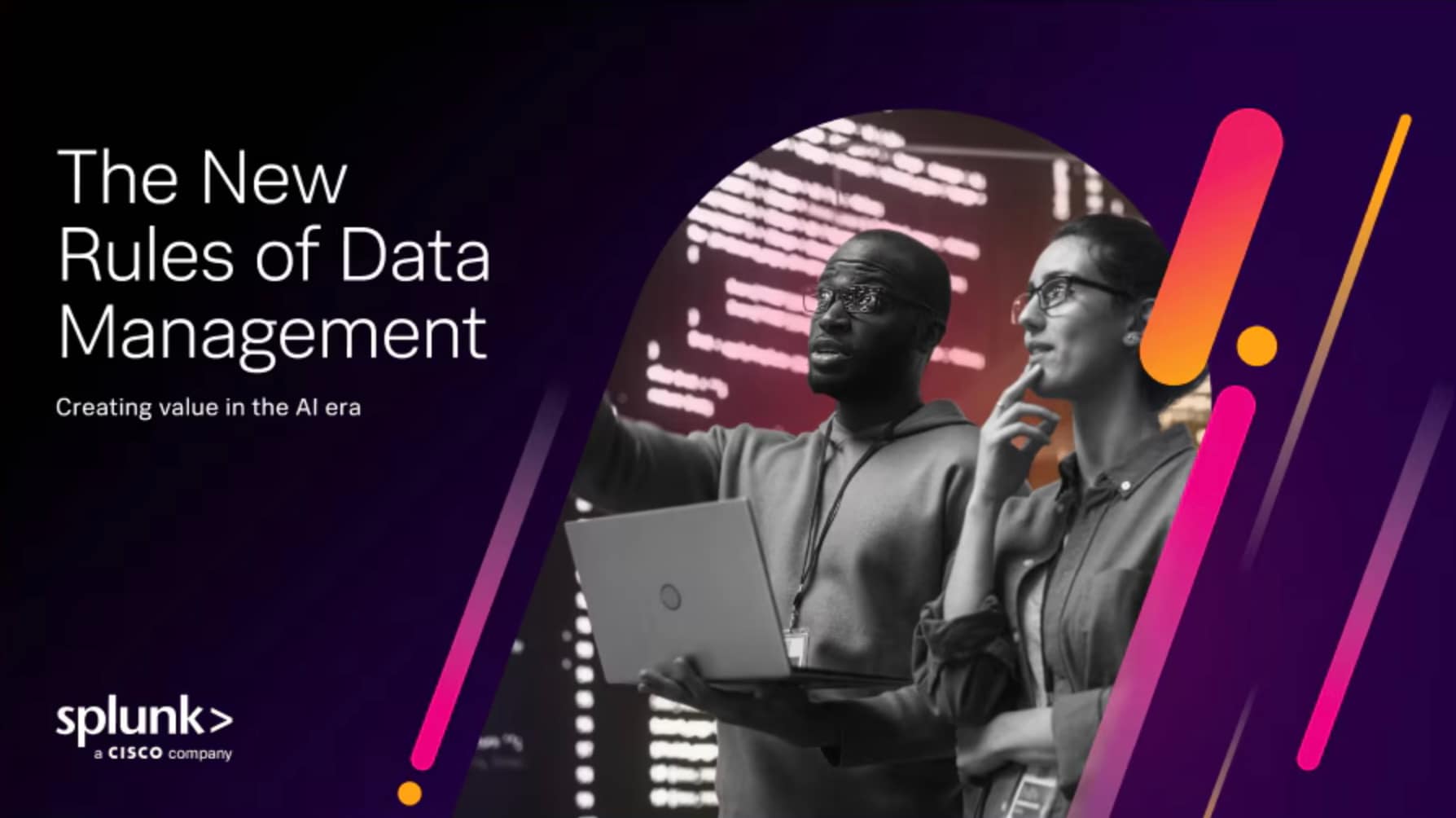How to Build an AI First Organization: Strategy, Culture, and Governance
Key takeaways
- AI First means embedding adaptive, data-driven intelligence into every business process — not just automating existing tasks.
- The shift requires new leadership mindsets, upskilling across the workforce, and robust governance to harness AI responsibly. Leadership, culture, and governance are critical.
- Continuous experimentation and human-AI collaboration drive the sustainable growth and innovation loop that defines AI First enterprises.
Artificial intelligence is no longer a niche experiment — it’s now the foundation of modern business strategy. Organizations that take an AI First approach embed machine intelligence directly into their operations, culture, and governance models.
Instead of simply automating manual tasks, AI First organizations design systems that learn from data, make context-aware decisions, and continuously improve over time.
Building an AI First organization means rethinking how teams, technology, and leadership work together. It requires a cultural shift toward data-driven decision-making, strong governance frameworks to manage ethical and regulatory risks, and cross-functional collaboration to ensure AI solutions deliver measurable value — from customer service to product design and development to daily operations.
This guide explains how to implement AI First principles across your organization—from strategy design to operational execution—so you can scale innovation securely, responsibly, and effectively.
What is AI First?
AI First means integrating artificial intelligence into the core of an organization’s strategy, products, and operations. Unlike traditional automation, which simply replaces manual tasks, AI First leverages adaptive, data-driven systems to create new capabilities, drive innovation, and inform decision-making at every level.
An AI first mindset is not about automating manual processes — it is about embedding data-driven intelligence and automation into tasks that traditionally require human supervision. The goal is to enable systems that make informed decisions, act on them, measure outcomes, and continuously improve.
Example of AI First
For example, an ITSM organization can automate support tickets for known repetitive issues. An AI First ITSM solution uses context-aware AI agents to handle repetitive support tickets and assist with complex issues.
These systems can analyze ticket histories to suggest likely causes: the automation pipeline can execute a predefined rules-based engine that solves customer issues automatically. Importantly, however, human experts are still essential for handling novel or ambiguous cases.
An AI First model will use advanced, context-aware AI agents to solve ticket requests by:
- Personalizing customer interactions and extracting all relevant information about the issue.
- Analyzing past tickets and incident resolution to accurately identify the root cause.
- Proposing a solution for the root cause (and execute a solution if the agent is enabled) to prevent more incidents recurring.
AI First vs. traditional automation
Using this ITSM AI first example, let’s look at the important differences between AI first and traditional automation:
- Agentic AI enabled personalized human-like interactions. (Agentic AI refers to AI agents capable of acting autonomously to achieve specific goals.)
- Intelligence-based decision making was adopted for every process task.
- The goal of the resolution was not merely resolving the ticket — instead, it went beyond the ticket, addressing the underlying root cause of the incident.
AI First vs. AI native
AI native is a similar concept that is technically different from AI First.
AI First describes organizations that prioritize embedding AI across existing and new processes—seeking opportunities to enhance operations with intelligent systems, AI Native refers to companies or products that are fundamentally built on AI from the ground up, with artificial intelligence woven into their very architecture and purpose from the start. In short:
- AI First asks, “How can we use AI everywhere we can?”
- AI Native means, “We couldn’t exist without AI; it’s core to everything we do.”
How to become AI First: Key concepts for AI First organizations
So, how do you become an AI First organization? AI First is a growth mindset. It’s less about introducing AI into your workflows, and more about augmenting your systems and processes with intelligence without tying it to human supervision and engagement. This means that you must reinvent your leadership, your culture — and ultimately, your technology stack — to adopt machine intelligence into your operations and processes.
Let’s discuss how that can be made possible:
Role of leadership
In an AI First organization, the role of leadership is not limited to the implementation of AI technologies. More importantly, AI First leaders foster a growth culture and mindset that can safely depend on AI technologies.
An important consideration is to understand how AI can complement human activities around:
- Creativity and intelligence
- Decision making and decision execution
- Ideation and innovation
In an AI First organization, leadership fosters a culture of continuous learning, ensuring that all employees — from executives to frontline staff — are equipped with the knowledge and skills to work effectively with AI.
Ongoing training, AI literacy program, and focused up-skilling help the entire workforce adapt to new technologies.
Policies, controls, and governance for AI
Leaders must help develop policies and a governance structure that can foster the AI First mindset across the organization, especially pertaining to the use and implementation of AI in critical operations and workflows.
For example, traditional organizations enforce strict governance protocols on IT procurement. In officially approved procurement processes, vendors are carefully selected, and users are only allowed to adopt technologies from a library of approved technologies.
For many reasons, however, some users bypass these controls altogether to access the technologies they need to perform their jobs, without organizational approval. (This is known as shadow IT.) As these technologies access sensitive information without adequate security controls in place, users risk data breach incidents.
Likewise, the use of AI technologies at the workplace is already prevalent, with or without organizational approval, considering the convenient access to LLMs that offer significant productivity improvements to an average user.
To manage the risks of shadow AI, organizations should implement centralized AI governance frameworks, maintain a list of approved AI tools, and monitor usage. Clear ethical guidelines and regular audits help ensure responsible and secure AI adoption.
Security, productivity across the lifecycle
From the leadership point of view, the “right” AI First strategy is one that encourages the secure and the productive use of AI. These executives lead with confidence while also anticipating the disruptions incumbent in AI:
- Internal demands to incorporate AI solutions into business operations
- External demands to deliver AI-driven products and services
From a culture point of view, an AI First company encourages the use of AI at different levels: from ideation to execution. Teams within AI first organizations recognize that ideas can be inspired by and significantly assisted by AI, and the execution of those ideas may be as simple as writing a well-structured series of LLM prompts.
While ideation and prototyping can often start with well-structured LLM prompts, deploying AI in production requires:
- Robust engineering
- Continuous monitoring
- MLOps for model management
- Strict security controls to ensure reliability and compliance
The important considerations, indeed perhaps the best practices around AI, are to:
- Maintain human supervision.
- Identify and understand the direction of AI across the entire development pipeline.
- Align the AI and its development process to business objectives and security policies.
Continuous improvement, everywhere
Being an AI First organization is not about the race to reach AI maturity. It’s about experimenting and continuously improving with the technology.
Continuous improvement in AI First organizations means experimenting with both AI-driven and hybrid human-AI workflows, regularly assessing where human expertise adds the most value, and adjusting processes based on real-world outcomes.
For example, Klarna replaced 700 human IT service management (ITSM) agents with LLM agentic AI bots for end-to-end customer support, soon reporting that the AI assistant had “taken over two-thirds of customer service chats” in the first month. But a year or more into this experiment, Klarna changed course and rehired human agents.
So, what was the result of this experiment and their lessons learned? The AI First initiative was not about replacing humans — instead, it identified where human engagements matter the most. The company spokesperson sums it up: “AI gives us speed. Talent gives us empathy. Together, we can deliver service that’s fast when it should be, and emphatic and personal when it needs to be.” As a result, the company is introducing Uber-style customer support by human experts with the right background and training to represent the brand when and where necessary.
Trends and expectations for AI First
Yes, one could argue that this model still leans toward replacing dedicated and well-trained ITSM support agents as regular employees. But as any highly scalable global organization under constant demand to enhance customer support capacity, the use of AI-based models of service delivery is inevitable.
More importantly, as an AI First organization, the company adopted, measured, and pivoted its service models by incorporating various flavors of agentic AI capabilities into its business operations.
Since this market and user expectations with the technology are growing rapidly, the right AI product-market fit will likely take time. Any AI First organization will understand the risk of experimentation and eventually capitalize on the first movers’ advantage by introducing novel and disruptive business operations and services that are driven by Artificial Intelligence.
As organizations adopt AI First strategies, they must also address challenges such as AI bias, ensuring outputs are explainable, and maintaining regulatory compliance. Addressing these challenges is essential to build trust and ensure responsible, sustainable AI adoption across the enterprise.
FAQs about AI First in The Enterprise
AI First refers to integrating artificial intelligence at the core of an organization’s strategy, products, and operations, driving innovation and data-informed decisions.
Unlike automation, which focuses on task efficiency, AI First enables systems to learn, reason, and act autonomously to improve business outcomes.
The pillars include leadership commitment, a culture of experimentation, ethical AI governance, security, and continuous improvement.
Leaders play a crucial role by promoting AI literacy, encouraging safe experimentation, and establishing governance frameworks to manage risk and compliance.
Organizations must address issues like AI bias, explainability, regulatory compliance, and maintaining trust in human-AI collaboration.
No — AI First enhances human capabilities by automating repetitive tasks and freeing employees to focus on creativity, innovation, and decision-making.
See an error or have a suggestion? Please let us know by emailing splunkblogs@cisco.com.
This posting does not necessarily represent Splunk's position, strategies or opinion.
Related Articles
About Splunk
The world’s leading organizations rely on Splunk, a Cisco company, to continuously strengthen digital resilience with our unified security and observability platform, powered by industry-leading AI.
Our customers trust Splunk’s award-winning security and observability solutions to secure and improve the reliability of their complex digital environments, at any scale.


